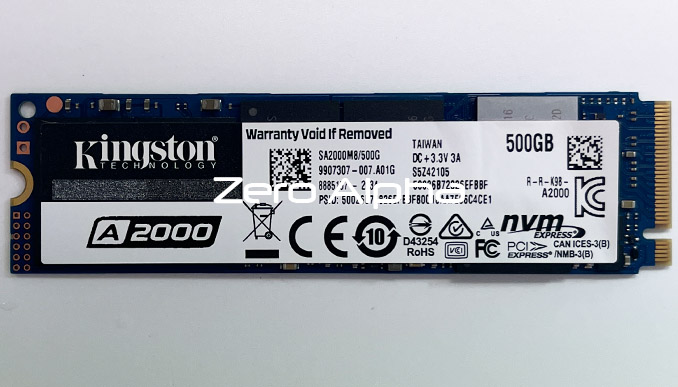Kingston A2000 SSD Data Recovery
At Zero Alpha Data Recovery, we offer professional data recovery for Kingston A2000 SSDs. This budget-friendly PCIe NVMe drive is commonly found in laptops and desktops, but it can suffer from controller issues, firmware problems, and sudden failure. If your A2000 is no longer detected or you've lost access to your files, we can help. We also accept mail-in jobs Australia-wide, so you can send your drive to us from anywhere.

Kingston A2000 SSD Common Problems
-
SSD not detected in BIOS or Windows
-
Drive shows 0MB or unallocated capacity
-
Sudden data loss or missing partitions
-
Partition appears as RAW or corrupted
-
Controller or firmware failure (SMI2263-based)
-
Drive stuck in read-only mode
-
Slow or freezing performance
-
Blue screen errors (BSOD) during access
-
Power-related damage or instability
-
NVMe not recognised after system update or crash
Kingston A2000 500GB SSD Data Recovery SA2000M8J500G
28Feb24: This ssd has stopped working inside the laptop.